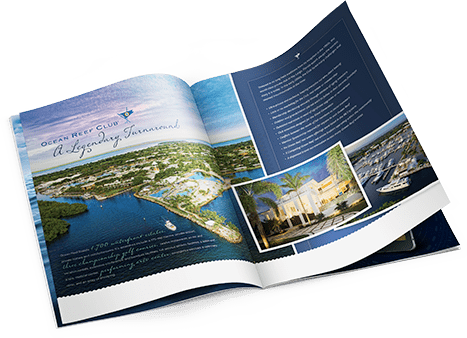It seems every planning seminar and conference for the last two decades has been about the impact of the baby boomer on discretionary real estate spending. Now, following a historical down cycle and its tremendous impact on personal savings and investment, many new questions emerge for real estate developers. Although the market segment as a whole makes for promising demographic studies based on shear volume, it takes a closer look to unveil the psychographic profile that will most likely represent the next wave of real estate purchasers.
According to the U.S. Census Bureau, a baby boomer is a person who was born during the post-World War II baby boom between the years 1946 and 1964. Over 75 million strong, the market segment includes two generations that experienced one of the most significant cultural shifts of all times. From 1950s conservative social and economic values to the revolution of sex, drugs and rock and roll of the 1960s–the boomers’ psychographic profiles are drastically diverse. Community developers must plan for the boomer revolution that’s clearly on the horizon.
Over the past two decades, the early baby boomers have been the driving force in active adult development. Accounting for homeowners born from 1948 – 1955, this segment continues to represent 75% of the current active adult market. But times are changing, and the generational shift is right around the corner. The question is “How can we quantify its timing and impact on future active adult sales?”
Cotton & Company analyzed the 2010 census data, calculated a projected death rate, and applied it against the specific age segments within the survey. Having identified the primary geographic relocation market for active adults as homeowners ages 62 – 70, we established a defined timeline for the psychographic profile shift. By the year 2014, the late boomers will become the dominant player, taking a 75% market share, with a drastic reduction in the prior market segment.
The 37 million trailing boomers challenged the establishment at every stage of life. Now, the challenge for developers is making the shift to new amenities and programming, without alienating the prior conservative market segment. For longstanding brands, the transition may be difficult to overcome. This new brand-conscious consumer will be looking for the alternative retirement lifestyle that challenges the status quo and focuses heavily on health, wellness and experiences. They are not looking to live like their parents did…they will once again take a different path. Understanding the significance of the cultural timeline and its impact on the buyer is essential to creating visionary design for the next generation of active adult communities.





